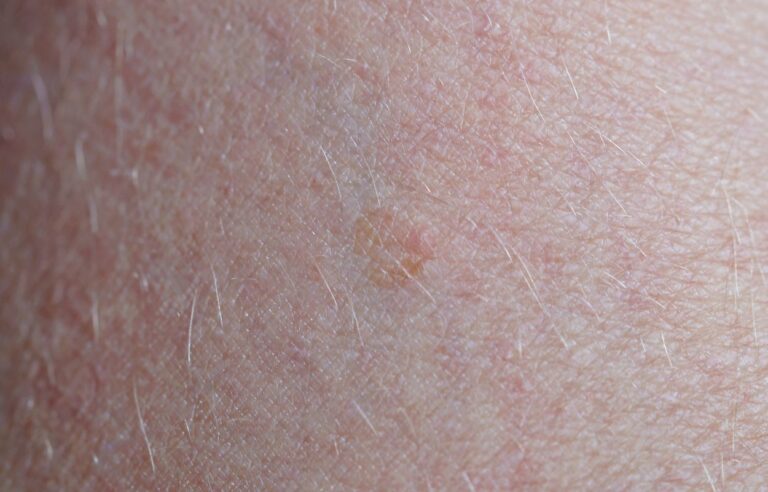Basal cell carcinoma (BCC) is the most frequently diagnosed type of skin cancer worldwide, characterized by its slow growth and low risk of spreading (metastasis). Despite its non-aggressive nature, if left untreated, BCC can cause significant damage by invading surrounding tissues, making early diagnosis and management critical.
Historical Overview of Basal Cell Carcinoma
The first comprehensive description of basal cell carcinoma dates back to the early 19th century when the condition was documented by Irish surgeon Jacob Arthur in 1827. Later, in the early 20th century, its distinct microscopic characteristics were further clarified by pathologists, solidifying its identification as a unique form of skin cancer.
Current Global Statistics
Globally, basal cell carcinoma accounts for approximately 80% of non-melanoma skin cancers, affecting millions of individuals annually. Countries with high exposure to ultraviolet (UV) radiation, such as Australia, the United States, and European nations, report the highest incidence rates. Recent statistics show a rising trend globally, likely driven by increased outdoor activities and prolonged life expectancy.
Causes and Risk Factors
Basal cell carcinoma primarily results from prolonged and cumulative exposure to UV radiation, including both natural sunlight and artificial sources like tanning beds. Other factors elevating the risk include:
Fair skin, blonde or red hair, and blue or green eyes
Personal or family history of skin cancer
Advanced age (50+)
Weakened immune systems due to conditions like HIV/AIDS or organ transplants
Chronic skin conditions or exposure to arsenic and certain chemical substances
Recognizing the Symptoms
Early recognition is vital for successful treatment. Common signs and symptoms of BCC include:
Small, shiny, translucent, or pearly nodules, often with visible blood vessels
Flat, scaly, reddish patches resembling eczema
Waxy, scar-like lesions without clear borders
Sores that bleed easily, heal, and recur frequently
Typically, BCC lesions occur on sun-exposed areas like the face, neck, ears, and scalp, though they can appear elsewhere.
Diagnosis of Basal Cell Carcinoma
Diagnosis begins with a detailed examination of the suspicious lesion by a dermatologist. A biopsy, usually punch or shave, is performed to confirm diagnosis. The biopsy tissue undergoes microscopic examination to determine the presence and subtype of carcinoma, guiding further management decisions.
Treatment Options
Several effective treatment modalities exist, depending on the lesion’s size, location, and subtype:
Surgical Excision: Standard approach, removing the lesion along with healthy tissue margins.
Mohs Surgery: Offers the highest cure rates by precisely removing thin layers of cancerous tissue, checking each microscopically during the procedure.
Cryotherapy: Freezes small superficial lesions with liquid nitrogen.
Topical Treatments: Includes creams like imiquimod or fluorouracil, effective for superficial BCCs.
Radiation Therapy: Utilized when surgery isn’t feasible, targeting cancerous cells with precise radiation.
Photodynamic Therapy (PDT): Combines medication and specific light wavelengths to destroy cancer cells.
Prognosis and Outlook
BCC generally has an excellent prognosis with proper treatment, boasting cure rates exceeding 95%. However, early detection and management are crucial, as neglect can lead to severe local tissue destruction, especially if tumors are located near critical structures like eyes or nerves.
Preventing Basal Cell Carcinoma
Effective preventive measures significantly reduce the risk of developing basal cell carcinoma:
Limit sun exposure, particularly between 10 AM and 4 PM.
Regularly use broad-spectrum sunscreen (SPF 30 or higher).
Wear protective clothing, including hats and sunglasses.
Avoid artificial tanning devices.
Regularly examine your skin for any suspicious lesions.
Schedule periodic skin checks with a dermatologist, especially if you have risk factors.
Additional Important Considerations
While BCC rarely spreads beyond its initial site, it’s crucial to maintain vigilance. People who have experienced one basal cell carcinoma have a higher likelihood of developing another, making ongoing skin surveillance and follow-up critical.
Moreover, awareness and education regarding skin cancer risks and protective behaviors remain essential, significantly reducing incidence rates worldwide.
Early diagnosis and timely intervention ensure the best possible outcomes. Stay informed, vigilant, and proactive regarding your skin health!


